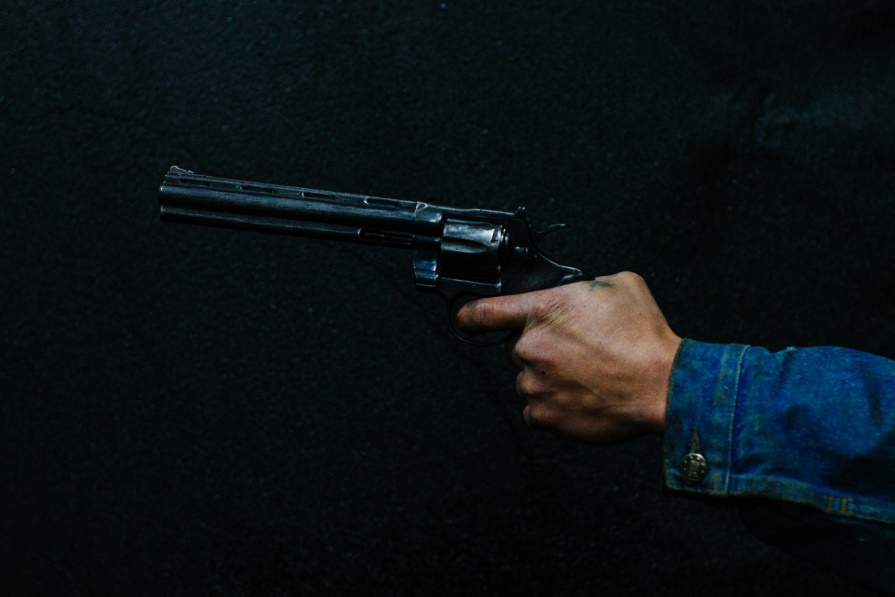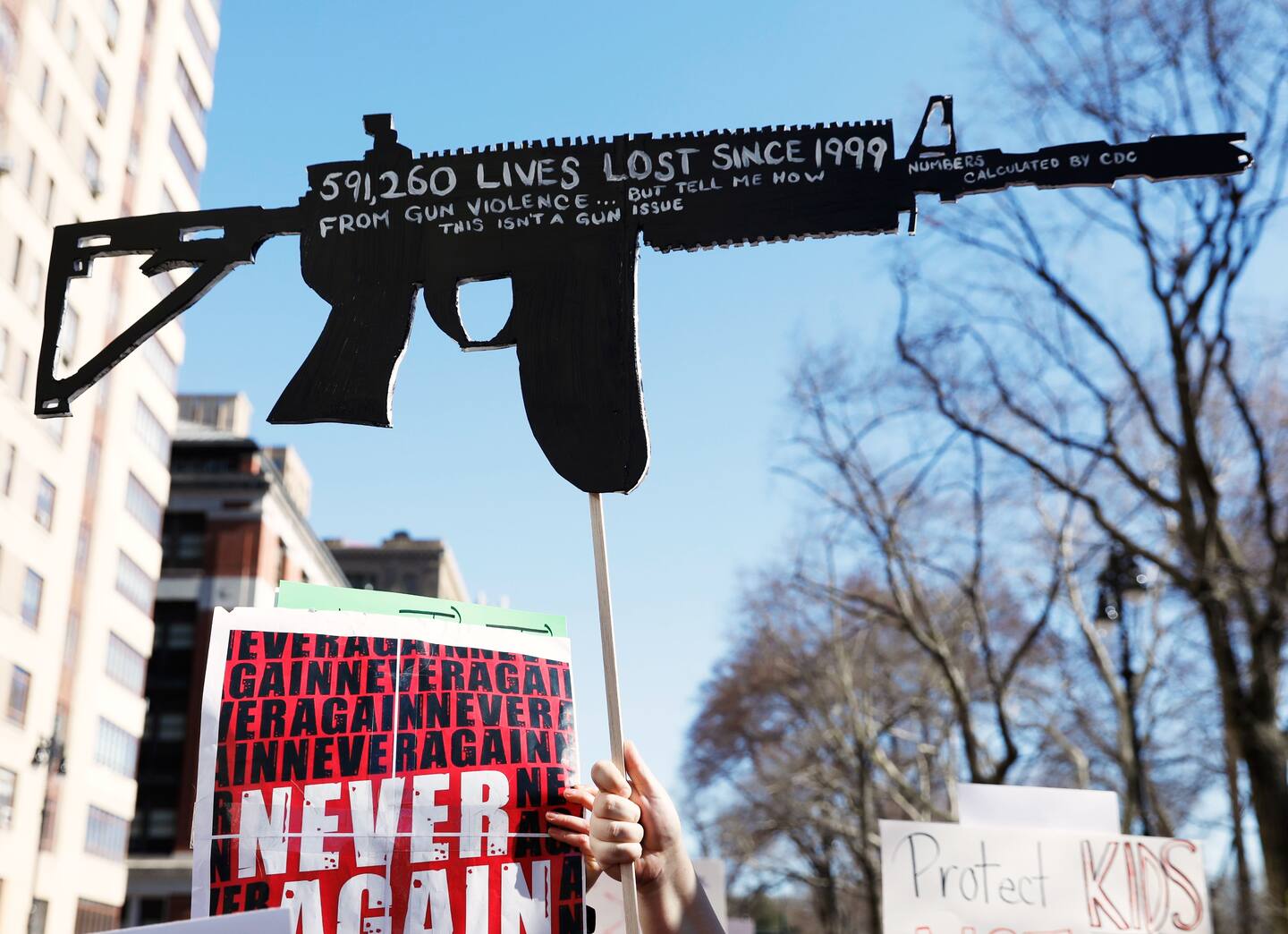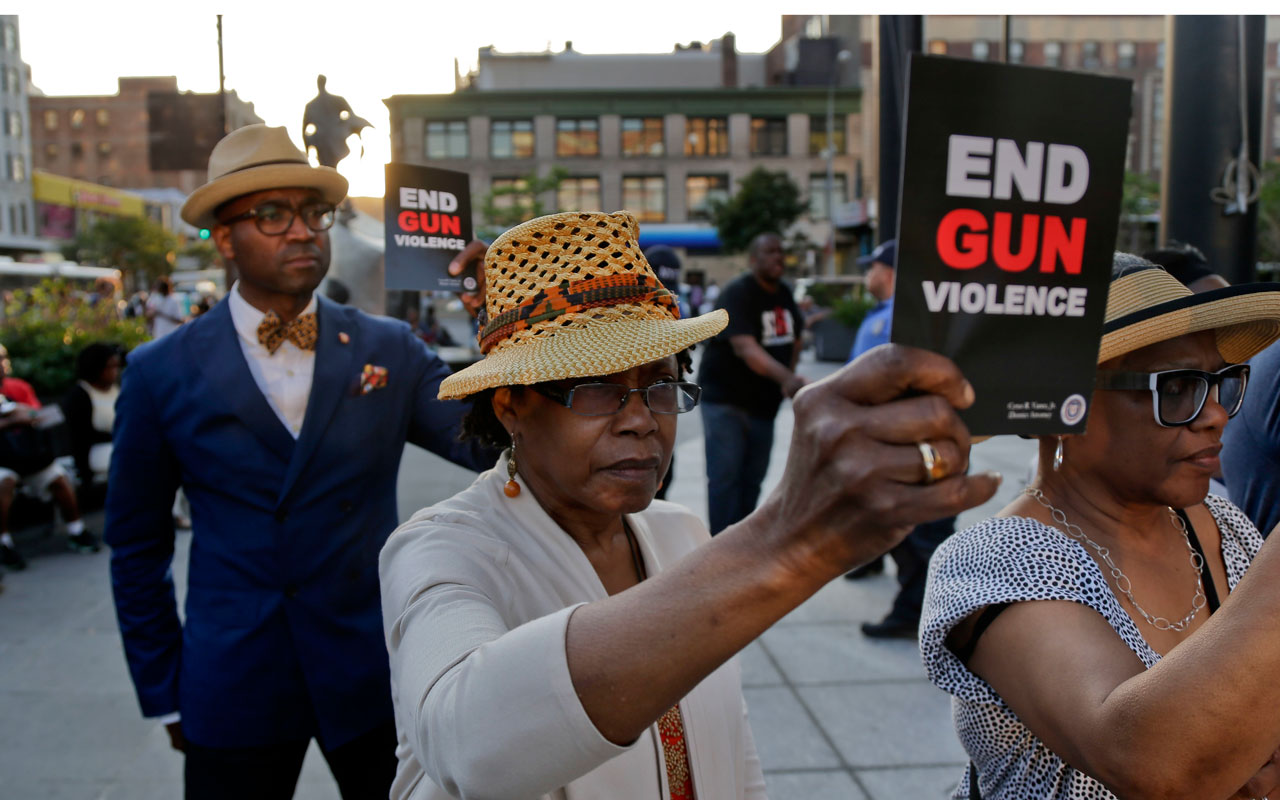The Definition And History Of Gun Violence

Gun misuse is one of the most frequent forms of violence that is prevalent in American society. All incidences of violence will the involvement of shooting can be gathered under the term of “gun violence” – from mass homicide to shooting individual victims, either in an act of aggression or self-defense. The reason for gun ownership is so widespread in the USA can be traced back to the Second Amendment, which advocates for the right of gun possession for Americans for self-defense. Ever since the installment of that act the amount of people owning firearms has been only increasing, reaching its peak in the present times, which subsequently, impacts the statistics of gun violence negatively.
There has been much debate on the topic of firearms-related acts of brutality. However, researchers Densely and Paterson are assured that the problem is closely connected to the events on American political scene. They traced back the history of gun ownership in America back to its roots, from the end of the civil war to National Firearms Act of 1934 – “the first major federal gun law” (Densely & Paterson, 2017, p. 8). The chronology of gun legislation and gun usage is explored in great detail – from Black Panther Party to Washington D.C.’s Firearms Control Regulations Act of 1975, which banned handguns and long guns (Densely & Paterson, 2017, p. 9). In this manner, the phenomenon of firearms is explored up to the present time.
Deadly Statistics
Since United States of America has by far the highest rates of gun ownership, it is intuitive to think that gun-related homicides are linked with the increased percentages of American gun owners. Counterintuitively, according to Densely and Paterson, “as gun ownership increases, gun violence (in the long term) is declining” (Densely & Paterson, 2017, p. 1). Beside this, higher saturation of firearms in an area certainly affects the number of shootings happening there.
Incidences of gun violence are not distributed evenly across the states – there are significantly more firearm offenses in the South than elsewhere (Densely & Paterson, 2017). It is estimated that more than “90 Americans a day die by gunfire” (Densely & Paterson, 2017, p. 15). These alarming numbers in statistics call for an urgent intervention.

The Impact of Mass Shootings on Policy and their Connection to Political Climate
The problem of gun violence is a much more complex one than one may think it is at first examination. Luca et al., present a view that talks about the relationship between mass shootings and gun legislation bills appearing in Congress there is an obvious connection. Their study shows that “Republicans enact more laws loosening gun control, and fewer laws tightening gun control, than do Democrats.” (Luca et al., 2020, p. 4). Thus, the number of mass shootings occurring in the streets does not mean more firearms-related bills are passed, as the amount of gun-loosening or gun-tightening laws passed depends directly on the political party in power.
Gun Violence and Race
The problem of law functioning and fulfilling their purpose as intended is a relevant topic as well. In particular, it deals with racial inequality created by these laws as they come into effect. Granse exhibits this principle, saying that these laws help reinforce the social concept that “White gun owners are heroes protecting their homes and their families, whereas Black gun owners are thugs, gangbangers, and super-predators” (Granse, 2019, p. 388). The idea comes from direct evidence of White police officers making unjust allegations to Black citizens based on no other reason other than that they consider them suspicious.

This notion is thought-provoking: taking the entirety of discussion on the topic of gun violence and gun control, the laws that are put in place do not provide a guarantee for the safety of citizens. The issue of gun violence is topical in contemporary America: the high rates of gun offenses, the bills regulating them in either way passing or not based on subjective perceptions of politicians, do not appear to be just. Even laws in place do not seem to protect Americans fully – and that raises major concerns.
Works Cited
Densely, James, and Jillian Peterson. “Gun Violence in America.” The Violence Project, October 2017, pp. 6-38. Web.
Granse, Alicia L. “Gun Control and the Color of the Law.” Minnesota Journal of Law & Inequality. Vol. 37, no. 2, 2019, pp. 387-419. Web.
Luca, Michael, et al. “The Impact of Mass Shootings on Gun Policy.” Journal of Public Economics, vol. 181, 2020, pp. 5-41. Web.